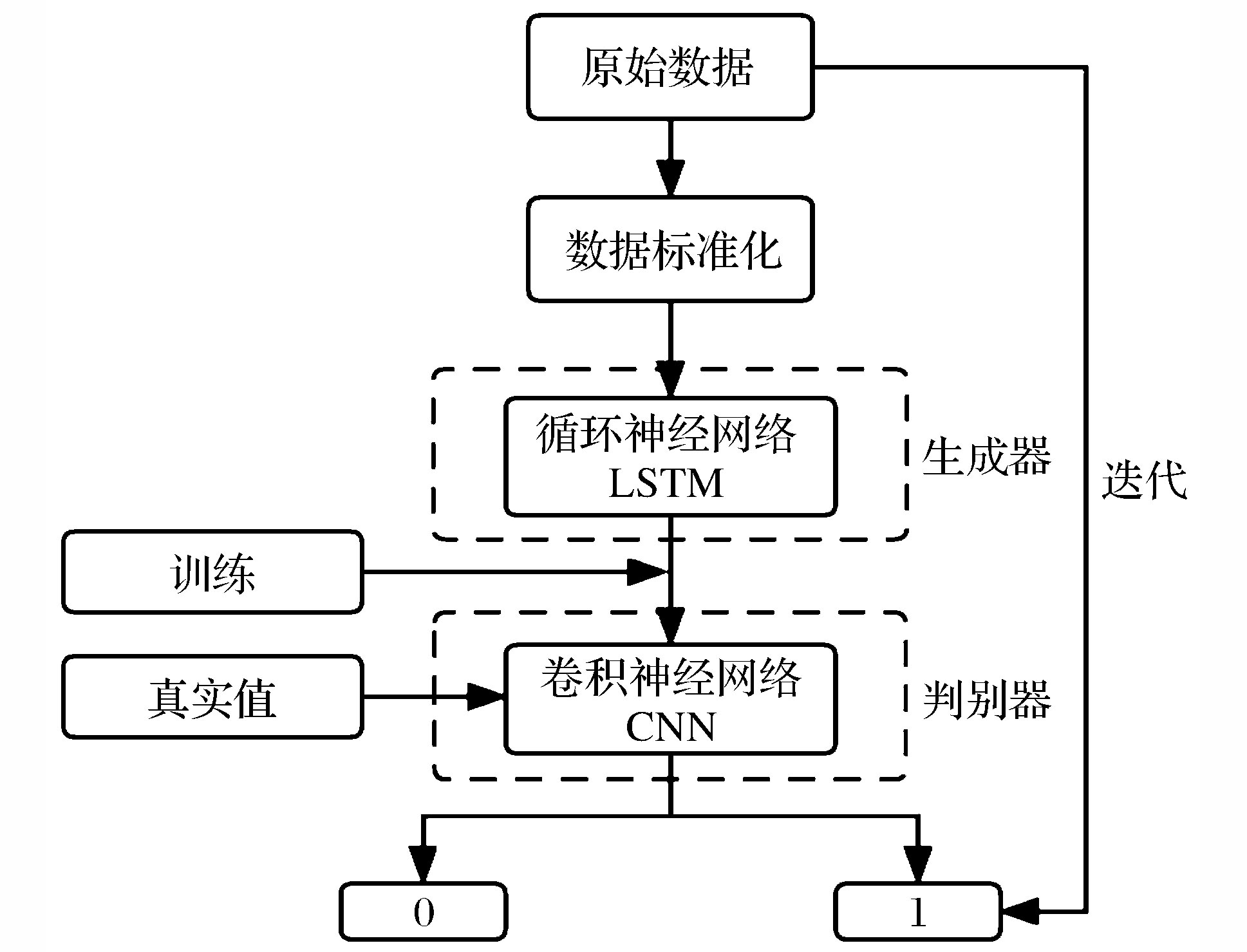 PDF(2180 KB)
PDF(2180 KB)


 PDF(2180 KB)
PDF(2180 KB)
 PDF(2180 KB)
PDF(2180 KB)
“一带一路”背景下巴基斯坦矿业投资环境风险评价与预测
 ({{custom_author.role_cn}}), {{javascript:window.custom_author_cn_index++;}}
({{custom_author.role_cn}}), {{javascript:window.custom_author_cn_index++;}}Environmental Risk Assessment and Prediction of Mining Investment in Pakistan Under the Background of the Belt and Road
 ({{custom_author.role_en}}), {{javascript:window.custom_author_en_index++;}}
({{custom_author.role_en}}), {{javascript:window.custom_author_en_index++;}}
| {{custom_ref.label}} |
{{custom_citation.content}}
{{custom_citation.annotation}}
|
/
| 〈 |
|
〉 |